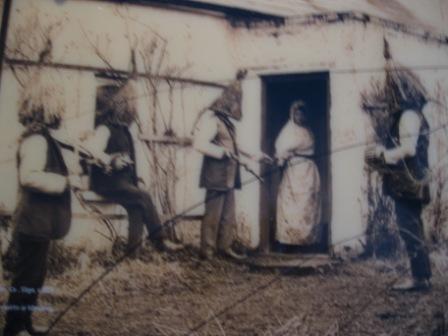Irish Wedding Traditions
Many Irish wedding traditions which have been handed down through the generations survive in Ireland today. Probably the most popular being the placing of a ‘Child of Prague’ statue outdoors under a hedge to ensure a fine day for the wedding. Bonfires were lit at the crossroads lining the route from the church to the wedding reception especially near the brides house and they still are today in rural Ireland.
Long ago in Ireland as in many other cultures around the world marriages were ‘arranged’ between families by a matchmaker usually for the betterment of all concerned as a dowry was usually required of the bride. Which could be money or a cow or household goods she would bring with her as often the bride would be expected to move into her husbands family home thereby automatically usurping the position of ‘woman of the house’ from her mother-in-law. This was signified by the handing over of the ‘fire tongs’ which donated the change in authority. No wonder there was such ill-feeling between many a new bride and her mother-in-law also bearing in mind that Irish Mammys of yesterday idealised their sons...
Many still do of course, but in those days the ‘men of the house’ were a revered species which were waited on hand and foot by their sisters.....

Summer was a good time to get married, you couldn’t get married during lent, if you weren’t married or spoken for before Shrove Tuesday the start of Lent bachelors’ were often ‘chalked’ by children to highlight their unfortunate status. Huge age gaps were customary up until the late 1950’s when much older men (having saved themselves) got married to young girls in the their twenties which was a recipe for disaster considering they had often nothing in common. Furthermore there was no such thing as contraception so large families of 16 and more were quite common even though infant mortality was quite high.
Nowadays of course, Irish wedding traditions are slightly different in that obviously people choose their own partners, they get married much later usually in their early thirties and have just one or two children both partners having equal status and rights. And of course they dont move in with their mother-in-law who only received inheritance rights in the 1960s previously only been entitled to a space by the fire? Mna na hEireann go brea.....

|




